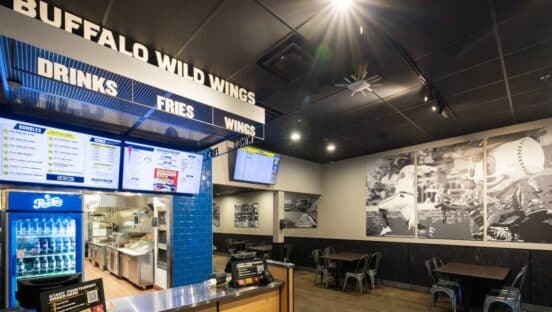Epic fails are bad for business. Speed and flexibility can help avert disaster.
After weeks of painstakingly building that new menu, you’re excited to put it in customers’ hands, sure that your instincts are spot on. But after a couple of weeks you notice sales have softened, half-eaten plates are returning to the kitchen and social media chatter is decidedly unkind.
How could all this have been avoided? Agile management. Agile strategies have been applied in many industries. Agile software development, for example, advocates adaptive planning, evolutionary development, early delivery, and continuous improvement. In the world of business, you may have heard of agile management terms like “fail fast” in which a business owner or manager will perform rapid release and testing, and apply learnings to rapidly make improvements. When applied to a restaurant, an operator tests decisions before going all in, relies on data to confirm decisions, then pivots rapidly as needed to capitalize on preferences, a specific situation, trends, or pricing sensitivity. A variety of agile approaches can help steer your strategy in the right direction.
A/B testing. Creating two or more versions of marketing messages, menus, and even pricing provides valuable insight into what drives traffic or orders. It’s a relatively simple process: randomly send half your website visitors to one landing page, with one offer—maybe with a coupon, and the other half to another landing page, with a different offer, or slight variations in wording or design. In store, you can change up menus—especially easy with digital displays; vary combinations; and even tweak pricing to gauge customer reaction and sales. Mine your POS data to see how your tests perform and whether pricing influences sales.
Food trucks. Thinking about spinning off into new territory or going into an entirely new direction? Food trucks are an excellent way to put a toe in the water without a major commitment. No lease, no permanent location, and no large staff or infrastructure to support, they offer a perfect way to proof a concept before rolling it out. You can see how well food items can be produced under less-than-ideal circumstances in a tiny kitchen food truck, and these mobile labs allows you to test demand in different neighborhoods—insight that can factor into future site selection.
Popups. A close cousin of food trucks, popups are more temporary in nature. They can be located outdoors, at shopping centers, in museums, event centers, outdoors, at other restaurants during off hours and other sites. They provide a quick and efficient way to obtain feedback on new dishes, a possible second concept and more. Besides their minimal investment, their temporary nature limits risk to your image.
LTOs. The time-honored practice of limited-time offerings gives the kitchen time to perfect a dish, servers a chance to learn the best ways to describe it and customers an opportunity to weigh in. Short surveys—either onsite or on social media are a good way to engage guests and start a conversation before pulling the trigger; they can also provide guidance for designing future LTOs.
Soft openings. When you’re opening a new restaurant, the last thing you want to do is schedule a grand opening when you’re not really ready. The best way to tune up is a quieter opening, which gives the kitchen a chance to test preparations, the front of house time to work out any kinks in service and a way to test menu and pricing. Again, surveys—even simply asking your guests how they like the food, the value and whether they will tell their friends about your restaurant—provide valuable information that will help you succeed.
With heavy competition and a fickle dining public, speed and adaptability are essential. Adopting one or more of these agile management practices can provide invaluable information to move ahead with winning tactics and level the playing field.












